The Old Mill c.1937 : First use of the multiplane camera
Walt Disney’s most impactful accomplishments, especially in the early days of the theatrical shorts, came at the intersection of storytelling and technological advancement. Such is the case with Silly Symphony’s The Old Mill. For years, Disney had wanted more realism and dimensionality in his cartoons, foremost by ensuring that both the backgrounds and characters moved — as in a sequence for the Oscar-winning Three Orphan Kittens from 1935 — and later by tasking animator Ken Anderson, effects animator Cy Young, lighting expert Hal Halvenston, and engineer Bill Garity to come up with a solution. (Part of this was preparation for Snow White and the Seven Dwarfs, and one of the tests was a shot pushing in on the dwarfs’ cottage.)
This led to the invention of the multiplane camera, in which different scenes and characters would be painted on separate panes of glass; the camera would then move “through” the panes at different speeds and at various distances from one another, creating the illusion of dimensionality and depth — a concept Ub Iwerks, by this point long gone from Disney, had been tinkering with for years. Walt Disney biographer Neal Gabler hypothesized that Disney “was anticipating the deep-focus photography that director Orson Welles would use so famously in Citizen Kane.” Whether or not that’s true, the technology was used fabulously in The Old Mill.
A wordless ode to nature, the eight-and-a-half-minute film focuses on the titular mill and the animals that inhabit it as a summer storm approaches. Instead of being jokey caricatures, the animals and their action are rendered in a more realistic manner. They are simplified for visual clarity but never personified like in other shorts. It’s an odd and striking conceit, made all the more beautiful by the design of the animals and the exceptionalism of the effects animation — ripples in water, a swaying spiderweb, the way a flower reacts to columns of light, twinkling fireflies — that bring the whole enterprise to life. While Disney intended the short to be a test run of sorts for Snow White, the feature it more closely resembles, with its emphasis on naturalistic beauty and complex effects animation, is 1942’s Bambi.
There’s an eerie intensity to the short as well, with an emphasis on some of the less cuddly creatures in the mill (those bats!), that lent its tone not only to the “Night on Bald Mountain” segment from Fantasia but also to more modern, horror-adjacent animated triumphs like Scooby-Doo and Over the Garden Wall. There is a reason that, for years, clips from the short would be used in Disney Halloween compilation specials. It really is that spooky. Also, if you ever find yourself on the Walt Disney Studios lot, pop into the Frank G. Wells Building. There, you can see the multiplane camera that was used on The Old Mill, sitting right in the lobby.
https://www.vulture.com/article/most-influential-best-scenes-animation-history.html
-
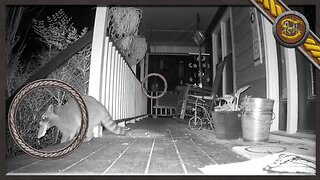 8:00
8:00
Swabcraft
10 months agoTrailcam 6 Front Porch Under the Bench iZeeker IG600 Dual Lens
11 -
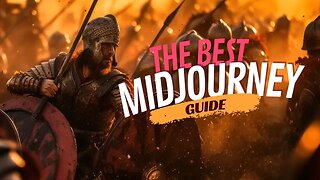 13:15
13:15
AI Art Creator
8 months agoAdvanced Midjourney Guide (Ultra Realistic Cinematic AI Photography)
29 -
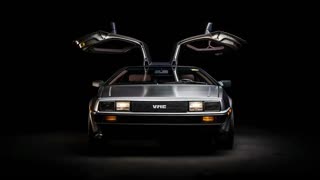 11:36
11:36
CyberAmerica
9 months agoAdvanced Midjourney V5.1 Guide (Ultra Realistic Cinematic AI Photography)
28 -
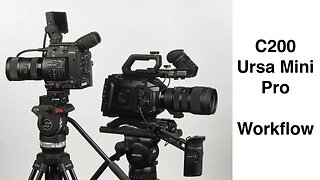 18:11
18:11
Learn Light and Sound
6 years agoC200: Workflow & Choosing a Cinema Camera
1 -
 3:09
3:09
archie8200
2 months agoCinematic Switzerland Trip GH5 mk ii
98 -
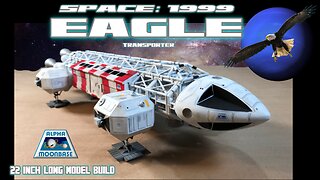 37:46
37:46
Max_Afterburner Channel
1 year agoBuilding the MPC 22 inch long “Eagle” Transporter from Space: 1999
320 -
 28:53
28:53
Jordan White
1 year agoJ On The Spectrum - Disney's 100th Anniversary - Immersive Sound Comes To Hollywood
18 -
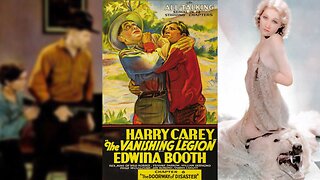 3:52:23
3:52:23
Lost n Found Films
6 months agoTHE VANISHING LEGION - SERIAL (NineteenThirtyOne) Harry Carey& Edwina Booth | Western | B&W
95 -
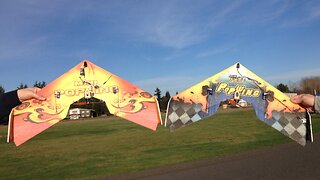 4:57
4:57
GBLynden's RC
9 years agoJohn and Shawn with Their 600mm TechOne Mini PopWings From NitroPlanes.com & Pico FPV Camera
9 -
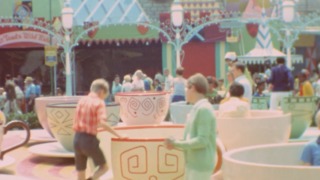 0:57
0:57
GettyImagesFoto
5 years agoVintage Footage Shows Early Days Of Disneyland
48